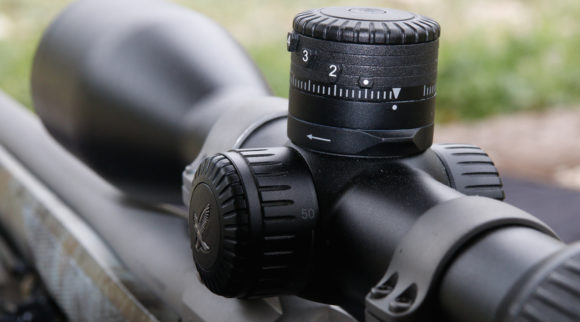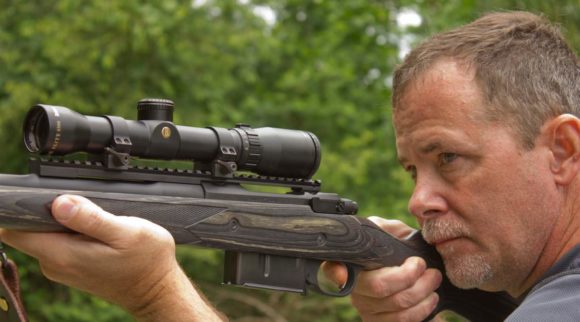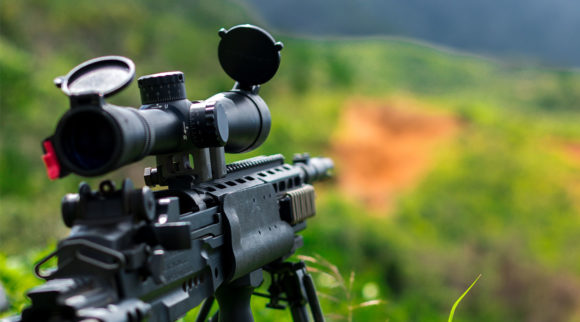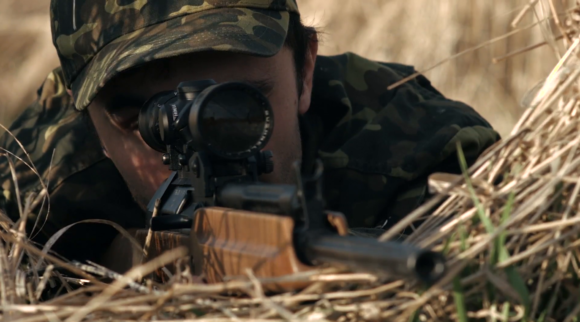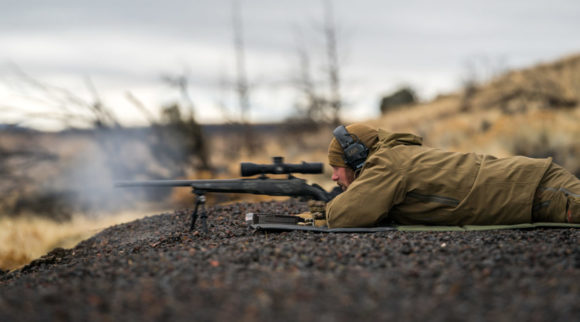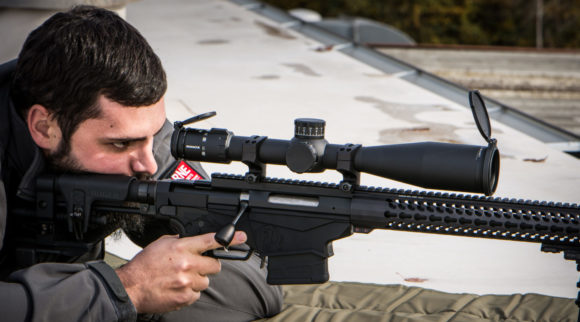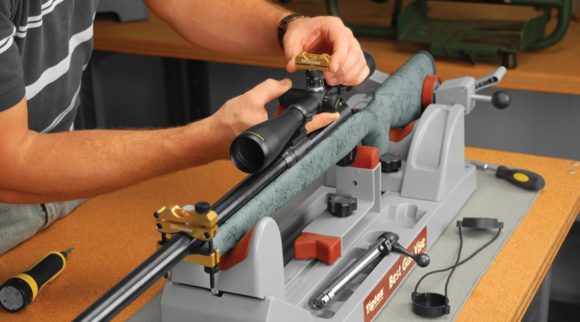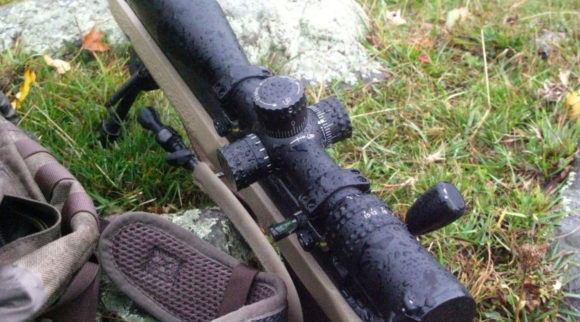Deer Hunting Tips: our advice for making the most of your time in the woods

Deer hunting is an art as much as a science, but it’s certainly not a question of magic or luck! Newcomers might think so, but any experienced hunter knows that it’s about strategy as much as chance. Whether you’re starting out or trying to find ways to improve after a few years in the woods, you can always learn more! With that in mind, we’ve compiled this list of tips to help you hunt better.
In this Guide
- Deer Hunting Tips
- Have a packing list and keep a dedicated bag
- Don’t underestimate the power of the wind
- Leave your scents at home
- Stick to a smaller area
- Get in the habit of taking a picnic lunch
- Stay still and be patient
- Get permission to hunt local farmland
- Respond to the weather
- Learn your calls
- Sharpen your senses
- Use a good scope
Top Related Article – Best Deer Rifle Scope
Deer Hunting Tips
Have a packing list and keep a dedicated bag
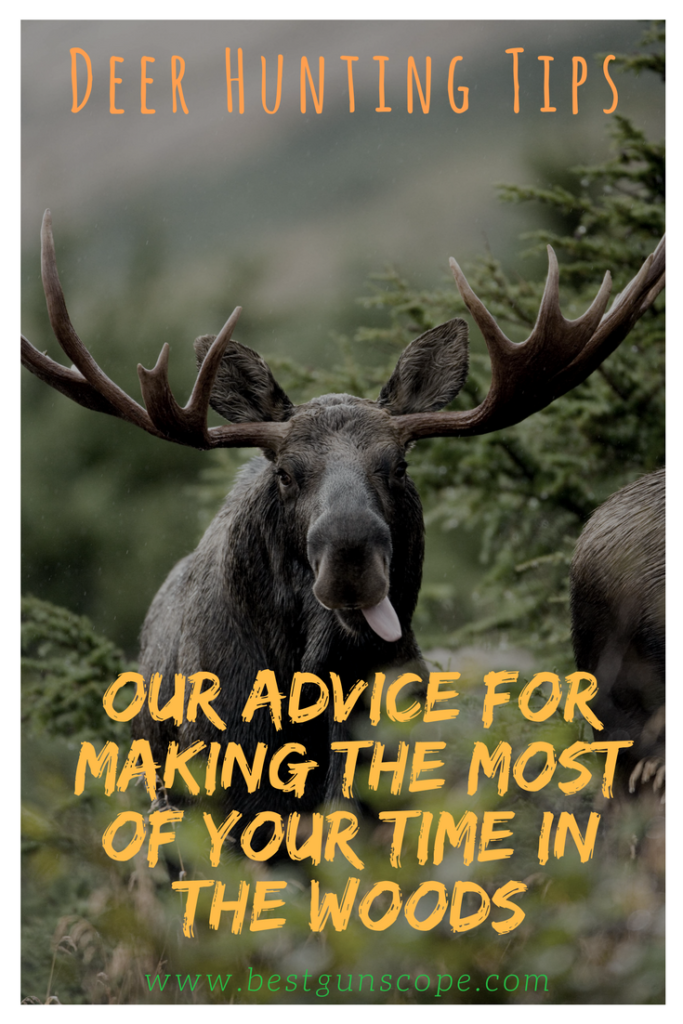 This is one of the best organizational things you can do. After all, packing and scavenging for supplies in your house isn’t the part of hunting that you want to be spending your time on! Keeping all your essentials in one place is a simple way to make sure you always have everything. You’ll never wonder where you put something, or be racking your brain early in the morning.
This is one of the best organizational things you can do. After all, packing and scavenging for supplies in your house isn’t the part of hunting that you want to be spending your time on! Keeping all your essentials in one place is a simple way to make sure you always have everything. You’ll never wonder where you put something, or be racking your brain early in the morning.
We also suggest keeping one bag just for hunting, so that you’re not taking the chance of missing something out when you constantly pack and repack. And that way, you can get your pack smelly and dirty in the woods without thinking about using it to go to the beach on your vacation. Likewise, your bag won’t pick up human scents when you’re out and about.
Include things like ammunition, handwarmer packets, drag rope, safety harness, gloves, knife, etc. When you pack your bag, make yourself a checklist of everything you want to have on every hunting trip. Use your checklist at the start of each season, so you know what you need to stock up on or replace.
Don’t underestimate the power of the wind
Every experienced hunter knows how important the wind is in determining your hunting outlook. It can keep you hidden from deer, or reveal you in the space of a gust.
Keep your stands downwind or crosswind of where you expect to encounter deer. Still-hunt into the wind, and you’ll get shockingly close to bedded deer! When you’re trying to drive deer, always set up standers downwind. Otherwise, deer will catch the scent and circle around.
This isn’t a hard science, but follow your instincts and common sense to maximize your odds of catching a buck off guard.
Leave your scents at home
Deer have a keener sense of smell than almost anything else in the natural world. While you’re always going to show up somewhat on their scent radar, you can do a lot to cut down on your human smelliness.
One significant improvement you can make is to cut out scented products from your lifestyle. Don’t use scented soaps in hunting season! Avoid scented deodorants, aftershaves, etc. This is also true of your laundry. Don’t use scented detergents, dryer sheets, etc. Basically, don’t add any extra scents, since your human smell is already enough to give you away!
Air-dry your clothes, if you can, outside the house. They’ll take on the scent of your surroundings, rather than you and your home. You should also try and avoid wearing your hunting gear indoors, whether you’re at home or not. Leave hunting clothes in your shed or somewhere like that, in a plastic bag with some dirt or leaves picked up from your hunting grounds.
Always cover up anytime you do your business in the woods, too. Walk in droppings as much as you can! That’s an easy way to mask some of your own scent with deer pheromones.
Stick to a smaller area
A lot of hunters get too ambitious when they head out to the woods. They try and cover far more ground than they ought to, and end up bagging fewer bucks as a result. You should stick to a patch of about 40-80 acres.
Get to know it well! Find popular bedding spots, travel routes, and feeding places used by the local deer. Get to know the lay of the land like the back of your hand. Stick to a travel corridor rather than a huge swath of land, too.
Investing lots of time walking and observing a smaller patch has a bigger payoff than spreading yourself thin trying to cover as much ground as possible.
Get in the habit of taking a picnic lunch
Dress warm, use hand-warmers, and pack a lunch rather than breaking back to your cabin or truck. All the other hunters who move around to take breaks will in turn spook the deer into moving, which means they’ll come to you! And if rutting season coincides with deer season, bucks will be on the prowl anyway.
Stay still and be patient
As we’ve just noted, impatient hunters who rove around constantly will send deer to you. On opening day and weekends, you should take advantage of that. Find an escape route, and sit tight. From 9am to 3pm on weekdays, you should schedule any driving or roaming you want to do. Earlier or later, stay put!
Get permission to hunt local farmland
Farmers are usually happy to have someone taking deer out of the equation. They love to hide in corn and the grassy areas around the edges of fields, and they cause no end of mischief for growers. Get on friendly terms with your local farmers for a win-win situation.
Respond to the weather
If it’s a nice, dry day, deer will usually stay abed. If you’re alone in the woods, feel free to move around. If there are others, you’re better off staying put and letting others shoo the deer in your direction
Before a storm, you’ve probably noticed that your barometer pressure drops. Deer are highly attuned to that shift, and they’ll head for feeding grounds to get their fill before the weather goes bad. Watch any trails and known feeding areas then! They’ll do the same thing when the storm ends, too.
Learn your calls
Sure, you can buy calls at the store, but deer vocalizations are actually pretty easy to master. Head over to Youtube and start practicing! These are your best methods for attracting and stalling bucks.
The “blaaaaat” sound (it’s almost like a burp) you can make with the front of your throat will stop a running deer more often than not. If there’s a deer winding you, and it wheezes, wheeze back. The seconds of confusion that produces will often be enough to get the shot. Grunting is also a good one to have in your toolkit. A deep, guttural grunt can usually coax a deer from hiding or get it to turn toward you.
Sharpen your senses
Spend time just watching and listening. In the off-season, go out in the woods and tune into the sounds of nature. It’ll more than pay off! You’ll start noticing the differences between the noises made by various animals, so you won’t make so many false starts come hunting season.
Look for small signs, as opposed to trying to see an entire deer–those sightings are very rare. You want to look for glimpses of fur in the undergrowth, or movement through small openings. Use birch trees as visual aids! They’re an easy way to spot something moving.
Use a good scope
We can’t begin to count how many hunters we’ve heard complaining about missing bucks, only to admit that they either weren’t using a scope or couldn’t get it to work properly. An optic is as important as a weapon when it comes to bagging deer! Make sure you’ve got your rifle outfitted with a suitable one before the start of the season. You can find buying advice and recommendations in all the key categories on our homepage.

